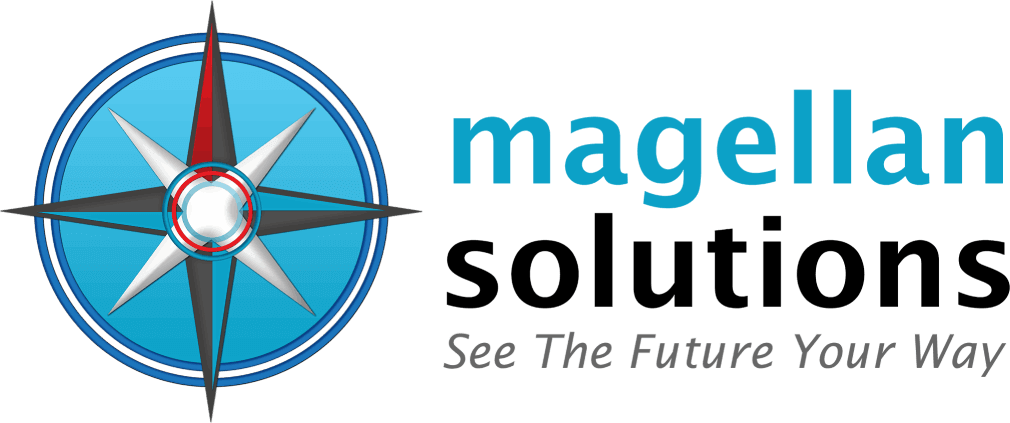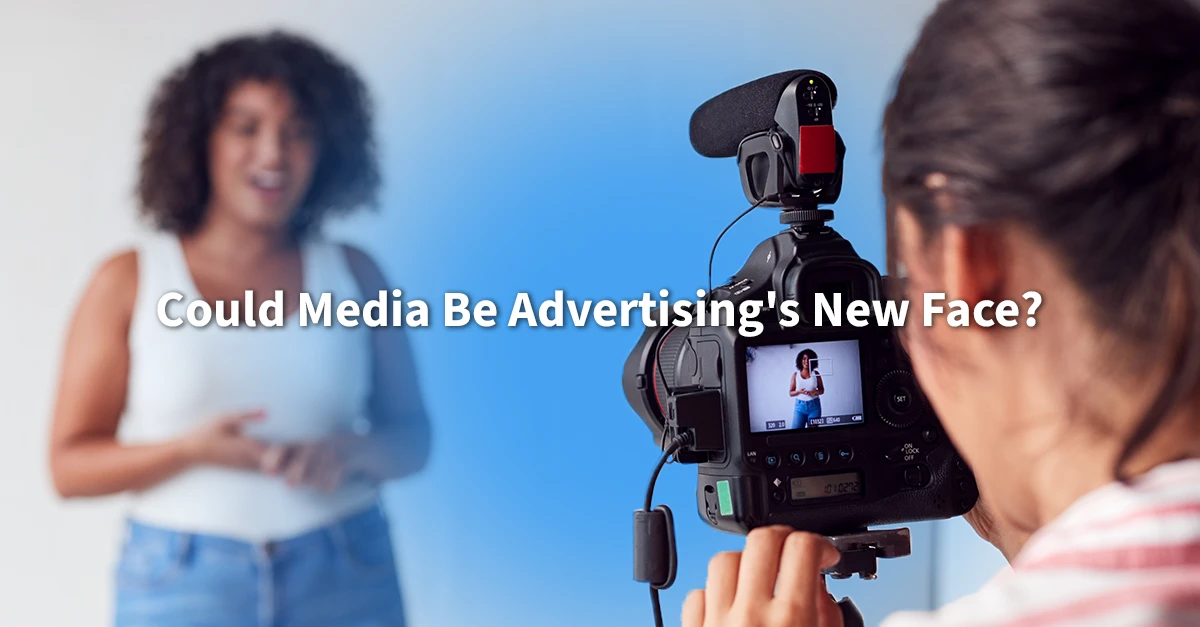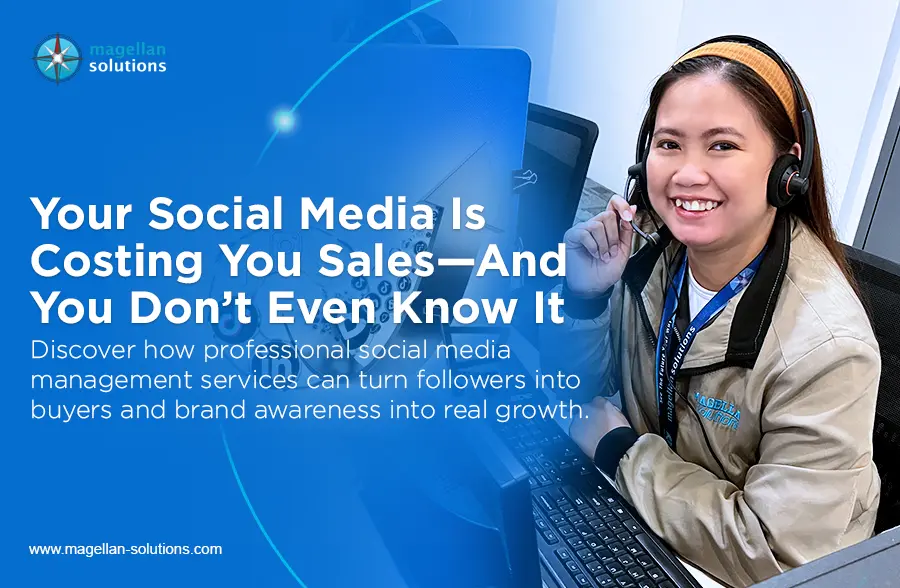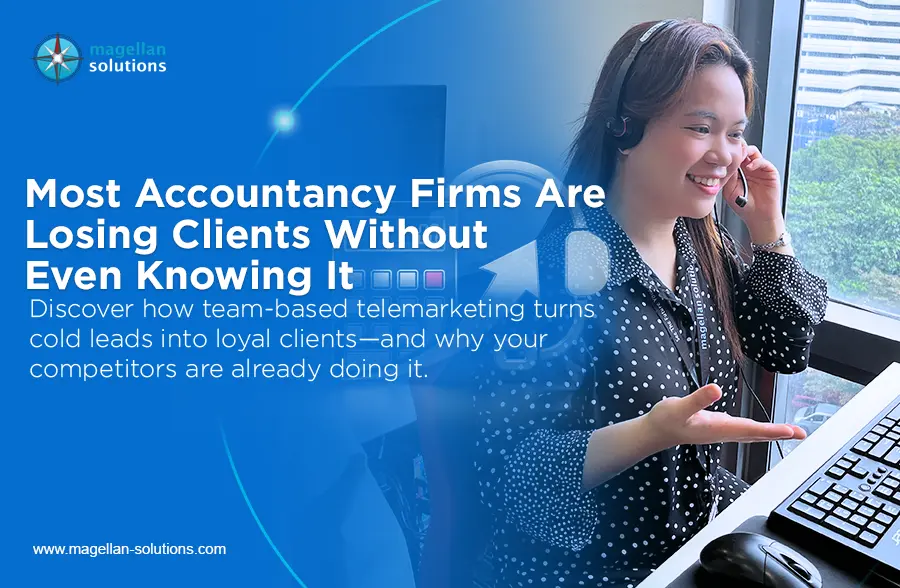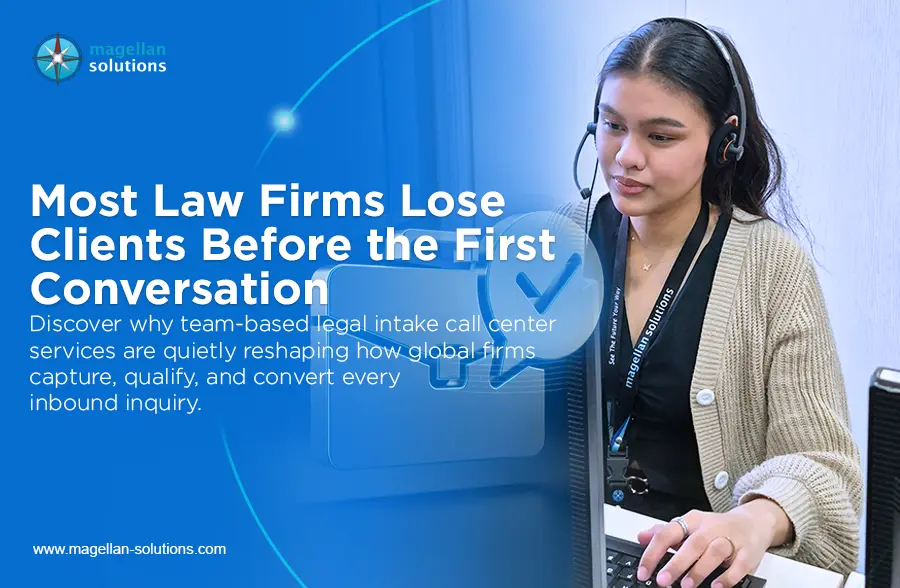Schedule a FREE call with our outsourcing expert now and get a precise quotation that meets your requirements. Don't wait - get started today!
Small and medium enterprises (SMEs) constantly need to stand out among numerous competitors. Reaching the right audience, building brand awareness, and increasing sales depend significantly on choosing the right advertising method. Today, one of the latest trends in advertising is using media— photos, videos, text, and sound— to share information.
According to recent data from HubSpot, 54% of marketers focus on visual content, highlighting the media’s role in engagement. These differential media can drive innovation in marketing strategies, helping businesses enhance their approaches effectively. As David Ogilvy, the father of advertising, once said, “The consumer is not a moron; she is your wife.” This emphasizes the need to effectively understand and engage your audience through the right media to create compelling and resonant advertising.
Understanding and choosing the right media can be the key to a successful promotional strategy. If you’re exploring ways to boost your business’s visibility and engagement, continue reading to learn more about complex vs. synthetic media.
What is Complex Media?
Complex media is made up of different parts. It combines pictures, sounds, and words to create something new. For example, a movie uses pictures, sounds, and sometimes words. A website can also be complex media with words, pictures, and videos.
How Can Small Businesses Use Complex Media?
Complex media allows small businesses to create impactful content that resonates with their audience, and here are some of them:
-
Tell Stories
Small businesses can use complex media to craft compelling narratives about their brand. By combining high-quality pictures, videos, and well-written content, they can effectively share their business story and connect with their audience on a deeper level.
-
Get People Interested
Businesses can engage customers by creating interactive elements such as quizzes or polls. These tools help keep the audience interested and involved, making the experience more enjoyable and memorable.
-
Build a Brand
Consistent use of complex media elements, like a specific visual style and tone of voice, helps establish a strong brand identity. This uniformity across all media helps reinforce the business’s image and makes it more recognizable to customers.
-
Reach More People
Sharing complex content on social media platforms can help businesses reach a broader audience. High-quality posts and videos can attract new customers and increase the business’s visibility online.
What is Synthetic Media?
Synthetic media involves content created or altered using digital tools. It includes AI-generated images, videos, and text. For example, deep fakes are synthetic videos in which someone’s face is replaced with another person’s face or AI-generated images that look like real photos.
How Can Small Businesses Use Synthetic Media
Synthetic media presents unique opportunities for small businesses to innovate their content creation process. Businesses can generate eye-catching and interactive content using advanced digital tools, enhancing their marketing and customer engagement efforts.
-
Make New Content
Using computer technology, small businesses can create unique pictures or videos using synthetic media. This allows them to produce eye-catching visuals for marketing or social media without expensive equipment or professional photographers.
-
Help Customers
Businesses can implement computer-powered tools, like chatbots, to assist customers with their inquiries. These AI-driven assistants can provide quick and accurate responses, improving customer service and saving time for the business.
-
Find New Customers
Synthetic media can also create ads featuring computer-generated characters or avatars. This approach can attract attention and engage potential customers novelly, helping businesses stand out in a crowded market.
-
Train Workers
Businesses can train employees using computer-generated characters or simulations. These virtual tools can provide interactive and realistic training scenarios, helping workers learn new skills or procedures more effectively.
Differences Between Complex vs Synthetic Media
Understanding the key differences between complex vs synthetic media is important for businesses to decide which approach best suits their needs. These differences encompass production processes, costs, quality, flexibility, and audience engagement, influencing how media can be effectively utilized.
1. Production Process
- Complex Media: Involves detailed production with skilled professionals, including stages like filming, editing, and post-processing. It requires significant time and resources.
- Synthetic Media: Created using digital tools and algorithms, often with minimal human intervention. The process is faster and typically requires fewer resources.
2. Cost
- Complex Media: It is generally more expensive due to the need for professional equipment, crew, and extensive production efforts.
- Synthetic Media: More cost-effective, as it relies on automated tools and software, reducing the need for extensive production teams and high-end equipment.
3. Quality and Authenticity
- Complex Media: Known for high quality and authenticity, providing a rich and detailed experience due to its thorough production process.
- Synthetic Media: While improving in quality, it may lack the depth and authenticity of complex media. It can sometimes feel less personal or human.
4. Flexibility and Speed
- Complex Media: Often involves longer production times, making it less flexible for quick updates or changes.
- Synthetic Media: Allows rapid production and easy updates, offering greater flexibility to adjust content as needed.
5. Audience Engagement
- Complex Media: This can create a strong emotional connection through its high-quality, authentic content, often leading to deeper audience engagement.
- Synthetic Media: Can engage audiences efficiently but might not always achieve the same emotional impact as complex media.
Tips for Small Businesses in Choosing Complex vs Synthetic Media
Choosing between complex and synthetic media involves evaluating several factors that impact production and effectiveness.
-
Assess Your Budget
Determine how much you can afford to spend on media production. Complex media involves higher costs due to professional equipment and expertise, while synthetic media offers a more affordable option. Choose based on what fits your budget and goals.
-
Define Your Goals
Clarify what you want to achieve with your media. Complex media may be suitable if you need high-quality, impactful content to build a strong brand image. Synthetic media might be better for frequent updates or cost-effective content creation.
-
Consider Your Audience
Think about how your target audience interacts with the media. Complex media can create a stronger emotional connection and appeal to those who value authenticity. Synthetic media can be effective for engaging audiences quickly and efficiently.
-
Evaluate Production Time
Assess how quickly you need the media. Complex media often requires more time for production, while synthetic media can be created and updated rapidly. Choose based on your timeline and content needs.
-
Balance Quality and Efficiency
Decide how important quality is versus production efficiency. Complex media offers higher quality and authenticity but is less efficient regarding time and cost. Synthetic media provides efficiency but may require compromises in quality.
-
Start Small
Begin with simple forms of complex or synthetic media to understand what works best for your business. Testing smaller projects can help you gauge effectiveness and adjust strategies without significant investment.
-
Learn
Stay updated on the latest trends and technologies in media. Understanding new tools and techniques, including differential media and undefined media, can help you leverage media more effectively and keep your content fresh and engaging.
-
Work with Others
Consider partnering with experts who can help produce high-quality media. Collaborating with skilled professionals can enhance the quality of your complex media and ensure the effective use of synthetic media tools. Engage with virtual influencers to reach new audiences and integrate cultural media to align with societal trends.
Experience Top-Tier Advertising with Magellan Solutions!
With over 18 years of expertise helping SMEs, Magellan Solutions has the right tools and a talented team to handle advertising across any medium you choose. Whether you’re considering complex media with high-quality visuals and storytelling or synthetic media for cost-effective and innovative content, we can help you make the best choice for your business.
Our team will work with you to understand your budget, goals, and preferences to find the perfect fit. Let us guide you in crafting a strategy that effectively reaches your audience and enhances your brand. Contact us today to discover how we can elevate your advertising efforts!
